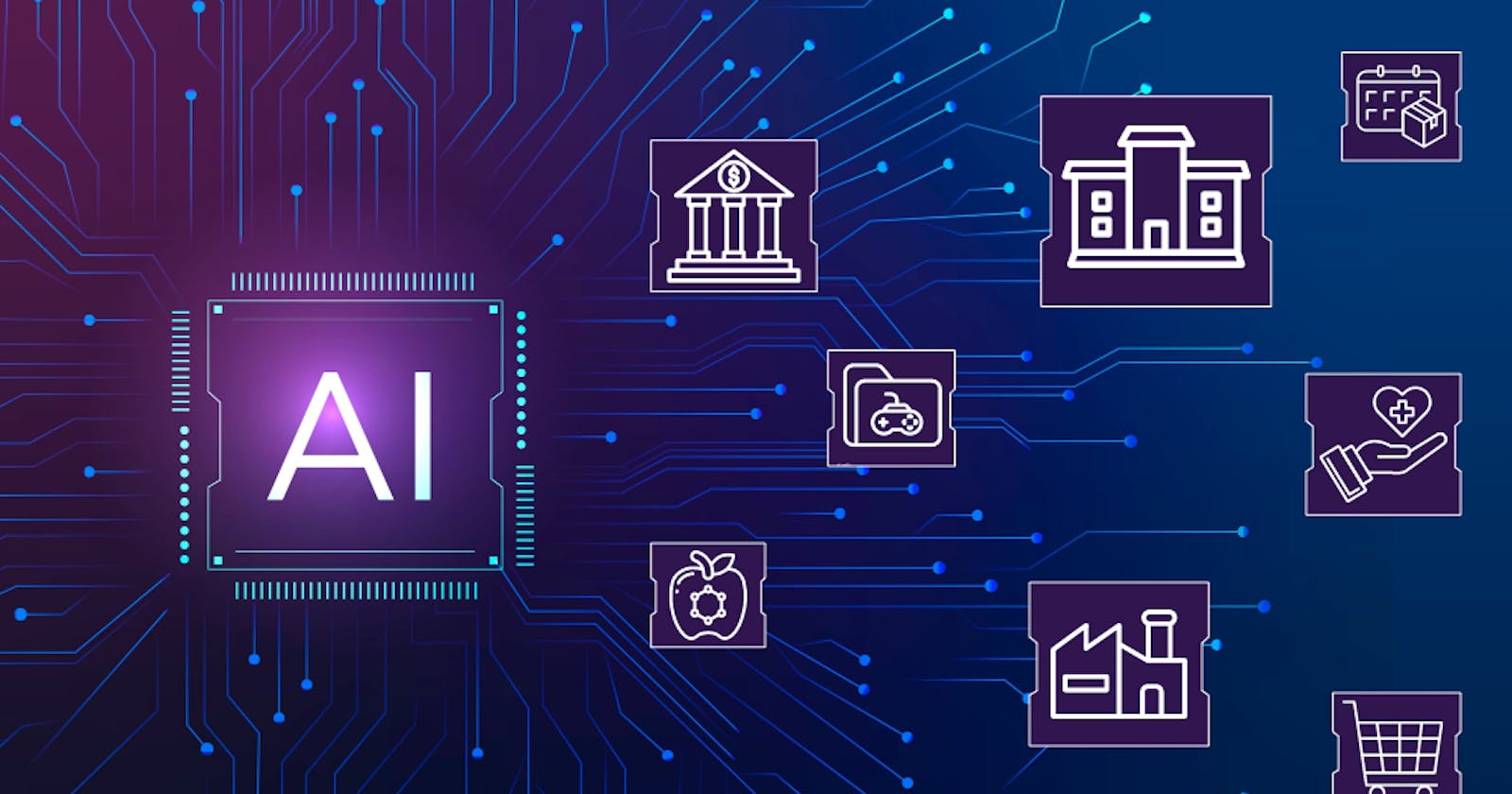AI, or artificial intelligence, works by using algorithms and statistical models to analyze data and learn from it. The algorithms are designed to identify patterns and relationships in the data, and then use that information to make predictions or decisions.
There are different types of AI, including machine learning, deep learning, and neural networks. Machine learning involves training an algorithm with a large dataset, so it can learn to make predictions or decisions based on that data. Deep learning and neural networks are similar to machine learning, but they are designed to mimic the human brain and can learn more complex patterns and relationships. AI requires a lot of data to work effectively, and the quality of the data is also important. The more data an AI system has access to, the more accurate its predictions and decisions will be.
The main aim of AI (Artificial Intelligence) is to create intelligent machines that can perform tasks that typically require human intelligence, such as visual perception, speech recognition, decision-making, and language translation. The goal is to develop machines that can learn and adapt to new situations, solve complex problems, and interact with humans in a way that is natural and intuitive. Ultimately, the aim of AI is to improve efficiency and productivity in various industries, make our lives easier, and solve some of the world's most pressing challenges.
AI can be programmed with various types of data, including structured, semi-structured, and unstructured data. Structured data refers to data that is organized in a specific format, such as data in spreadsheets or databases. Semi-structured data refers to data that has some structure but is not organized in a specific format, such as emails or social media posts. Unstructured data refers to data that has no specific structure, such as images, videos, or natural language text. AI can be trained on all of these types of data to recognize patterns, make predictions, and perform various tasks.
AI AS A SYSTEM
AI as a system refers to the integration of AI algorithms, data, and computing resources to create intelligent machines capable of performing tasks that typically require human intelligence. This includes processing and analyzing various types of data, learning from the data, making predictions or decisions, and adapting to new situations.
AI AS A LANDSCAPE
AI as a landscape encompasses the various fields, technologies, and applications associated with artificial intelligence. This includes machine learning, deep learning, neural networks, natural language processing, computer vision, robotics, and more. The AI landscape is constantly evolving, with new techniques and innovations emerging regularly, shaping the way AI is integrated into various industries and domains.
AI AS A STRUCTURE
AI as a structure refers to the organization and composition of various components that make up an AI system, including algorithms, data, hardware, and software. These components work together to enable the AI system to process information, learn from data, make predictions or decisions, and adapt to new situations.
To be continued

